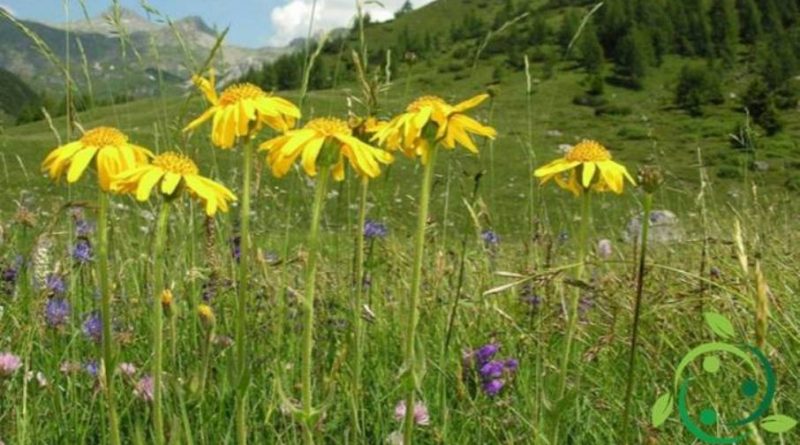How to grow Arnica
How to grow Arnica
Arnica (Arnica montana L.) is a herbaceous species of Asteraceae; it is a medicinal plant, 20 – 60 cm tall, with large orange-yellow flower heads with a pleasant aromatic smell.
The multiplication of the arctic can be done by division of the bushes in spring or autumn, or by seed.
The plant prefers bright and sunny places but fears the excessive heat of summer and for this reason it is advisable to plant it even in semi-dark places or sheltered by tall trees.
As for the soil, although it grows well in any type, it prefers the loose, well drained and slightly acidic pH.
Watering should be carried out regularly in case of dry climate, and in subsequent summers the arnica will withstand drought if the soil remains cool.
For fertilization, once a year before the vegetative recovery, it is recommended to immerse at the foot of the Arnica bushes of the mature manure. Fertilize even when transplanting.
Sowing is carried out directly in the spring – summer and in seedlings protected in the autumn. The sowing soil must be soft, fresh and rich in soft organic matter. The seeds should be placed a few inches deep and spaced about 2 cm apart. As long as germination is necessary, the soil must always be kept moist but not drenched with water.
As seen, multiplication of the Arnica can take place by division of rhizome. In this case, with a well sharpened and disinfected knife, the rhizome is divided into several well-developed secondary root carriers. The rhizome cuttings are treated with the rooting hormone and are planted in holes with double dimensions of the cuttings.
In the spring or early autumn, Arnica plants should be housed in holes about 30 cm in diameter and watered abundantly.
In the case of potted cultivation the roots of arnica plants tend to occupy all available space in short time and for this reason it is advisable to make the rejuvenation at least every 2 years to encourage growth and flowering. The jar must be larger than the previous one; The soil is completely changed.
To encourage the watering of the water of the watering, it is advisable to stratify on the bottom of the coarse gravel vessel.
The flowers, rich in beneficial essences, are collected in July. After gathering them in bouquets they dry in a shady place and then stored in paper bags or jars of glass.
With regard to pests and diseases of the Arnica, it is a rustic plant that for intense scent and its inherent defense capabilities is not attacked by animal parasites such as aphids and cochineal. Its tenderer shoots, however, are a recipe for snails and snails that in a short time devour them, seriously compromising development.
To keep the snails away, just sprinkle at the foot of the Arnica a little ash from the chimney or use biological traps. To avoid the suffocation of Arnica plants eliminate weeds.
Being one of the most widely used medicinal plants in the world, belonging to protected species makes its production on an industrial scale complicated. Other arnica species, such as Arnica chamissonis Less, are also used at industrial level.

